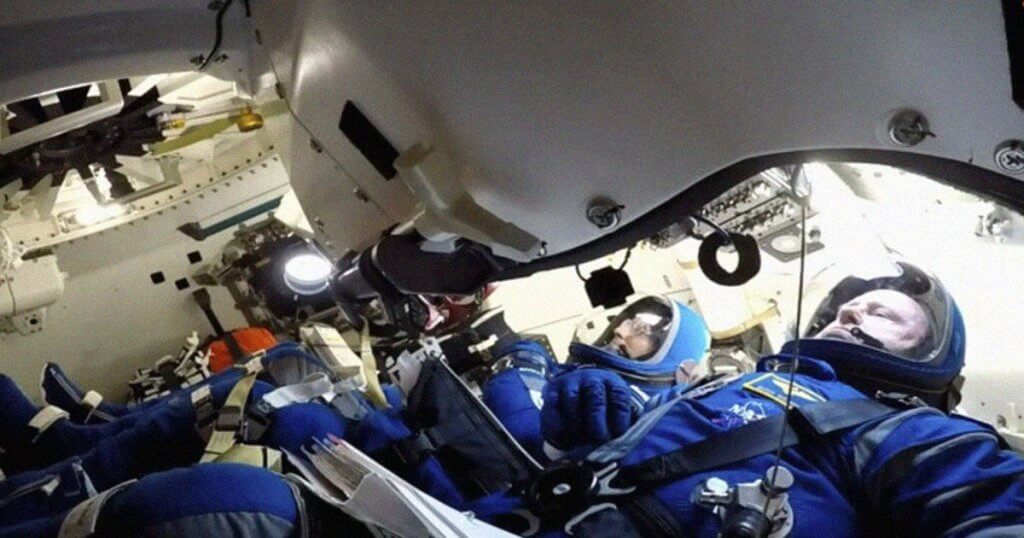
Astronauts Sheltered in Escape Vehicles as Debris Menaced Space Station (Image Credit: futurism-com)
Again?!
Shelter in Place
Astronauts on board the International Space Station were instructed to shelter inside their respective spacecraft after reports indicated pieces of a broken-up satellite were headed their way.
Specifically, the remains of a derelict spacecraft called Resurs-P 1, a Russian commercial Earth observation satellite that launched in June 2013, were spotted by space junk monitor LeoLabs.
“Early indications are that a non-operational Russian spacecraft, Resurs P1 (SATNO 39186), released a number of fragments between 13:05 UTC 26 June and 00:51 UTC 27 June,” Leolabs tweeted late Wednesday evening.
Fortunately, nobody was hurt.
“Mission Control continued to monitor the path of the debris, and after about an hour, the crew was cleared to exit their spacecraft and the station resumed normal operations,” reads an update issued by the station’s official X account just over an hour after LeoLabs issued its warning.
Kessler Syndrome
There are three spacecraft docked to the ISS right now: a Rusian Soyuz capsule, a SpaceX Crew Dragon, and Boeing’s plagued Starliner, which is still stranded there indefinitely.
It’s far from the first time crews have been instructed to shelter inside their spacecraft — and given our increasingly cluttered orbit, it likely won’t be the last. Experts have long warned that pieces of space junk can collide with each other, resulting in smaller fragments and worsening the hazard exponentially.
In November 2021, for instance, crews had to shelter due to a “debris-generating event in outer space,” which was likely related to an anti-satellite missile test Russia conducted roughly a day earlier. The highly controversial test involved a retired Russian spacecraft being blown into pieces. Just under a year later, the station had to swerve yet again to dodge the debris.
It’s unclear what caused the latest satellite to break up within just 30 miles of the space station’s altitude.
But given the debris field surrounding our planet is only getting more dense, it’s extremely unlikely to be the last time the aging orbital outpost will have to swerve out of the way before it’s retired in 2030.
More on the ISS: NASA Hires SpaceX to Destroy the International Space Station





